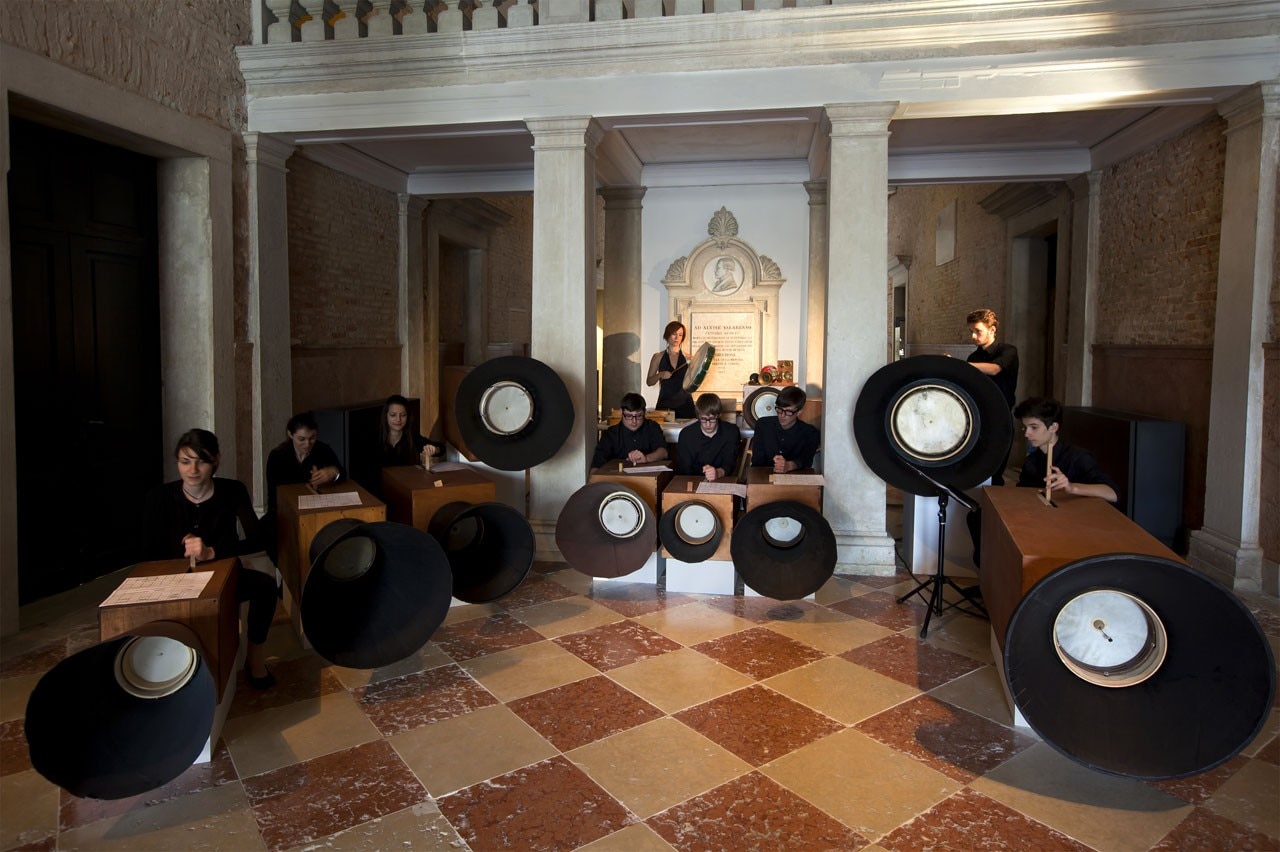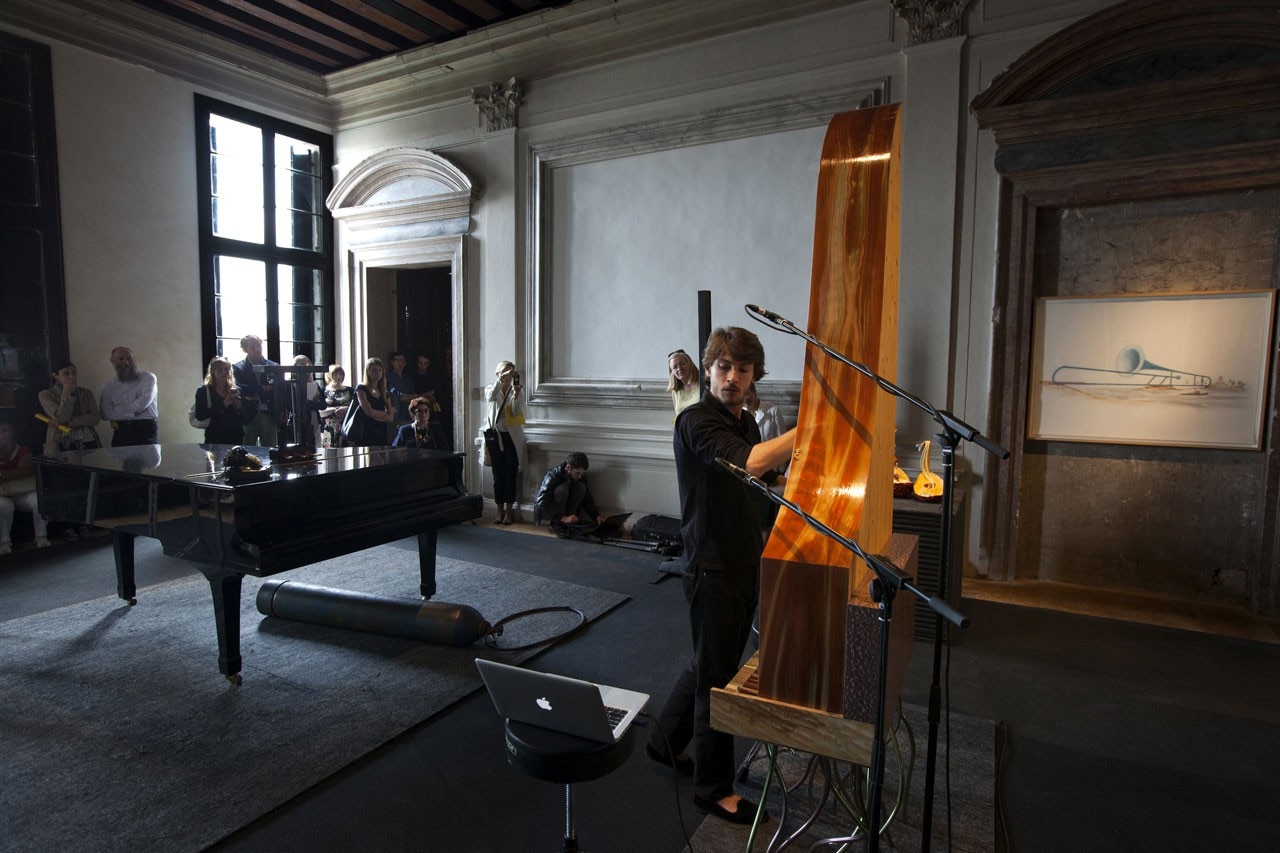
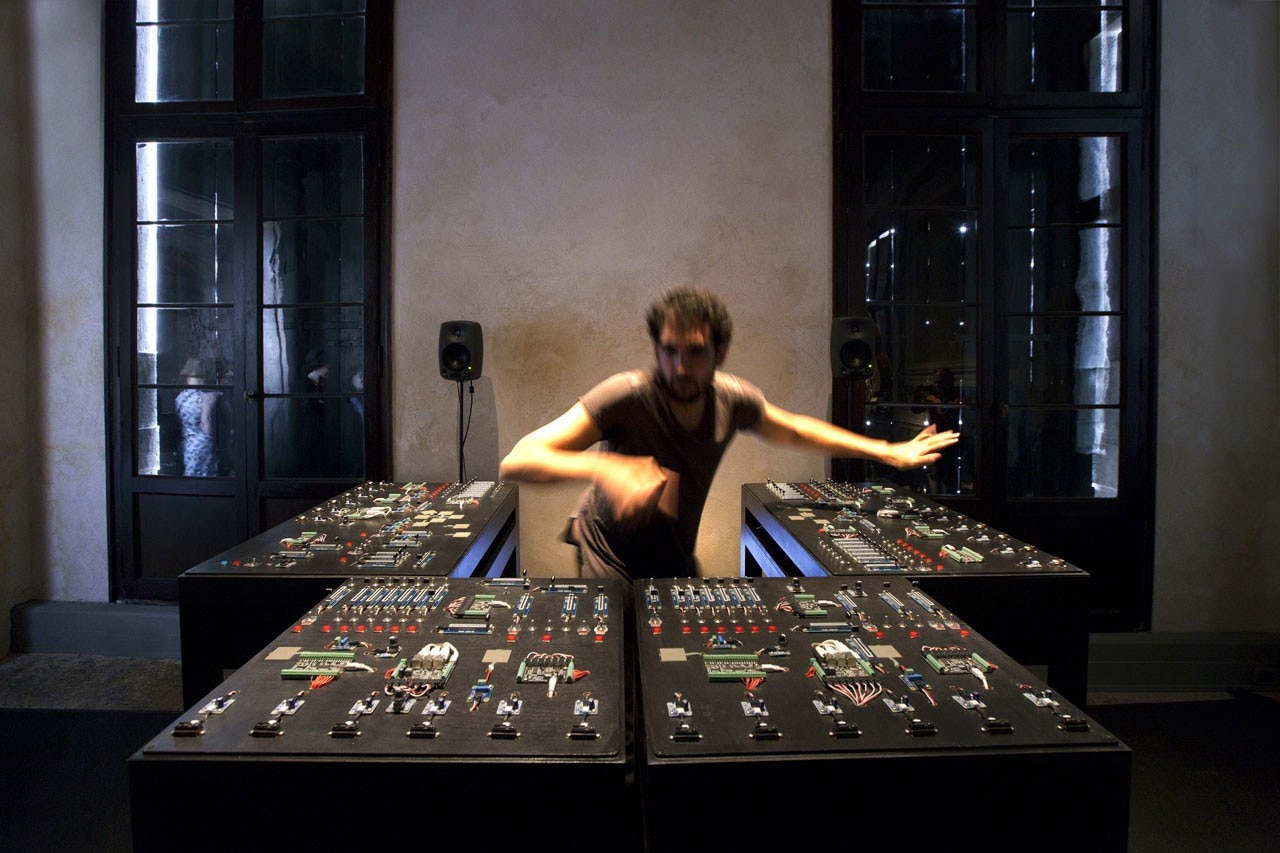
The timespan is therefore broad. The exhibition fills the two frescoed floors of the magnificent Cà Corner della Regina, former headquarters of the ASAC – Archivio Storico delle Arti Contemporanee for the Venice Biennale, now the Venetian residence of the Prada Foundation, restored as part of a programme of architectural rehabilitation begun by the Fondazione in 2011 and now for the first time with an exhibition space accessible on the upper floor.
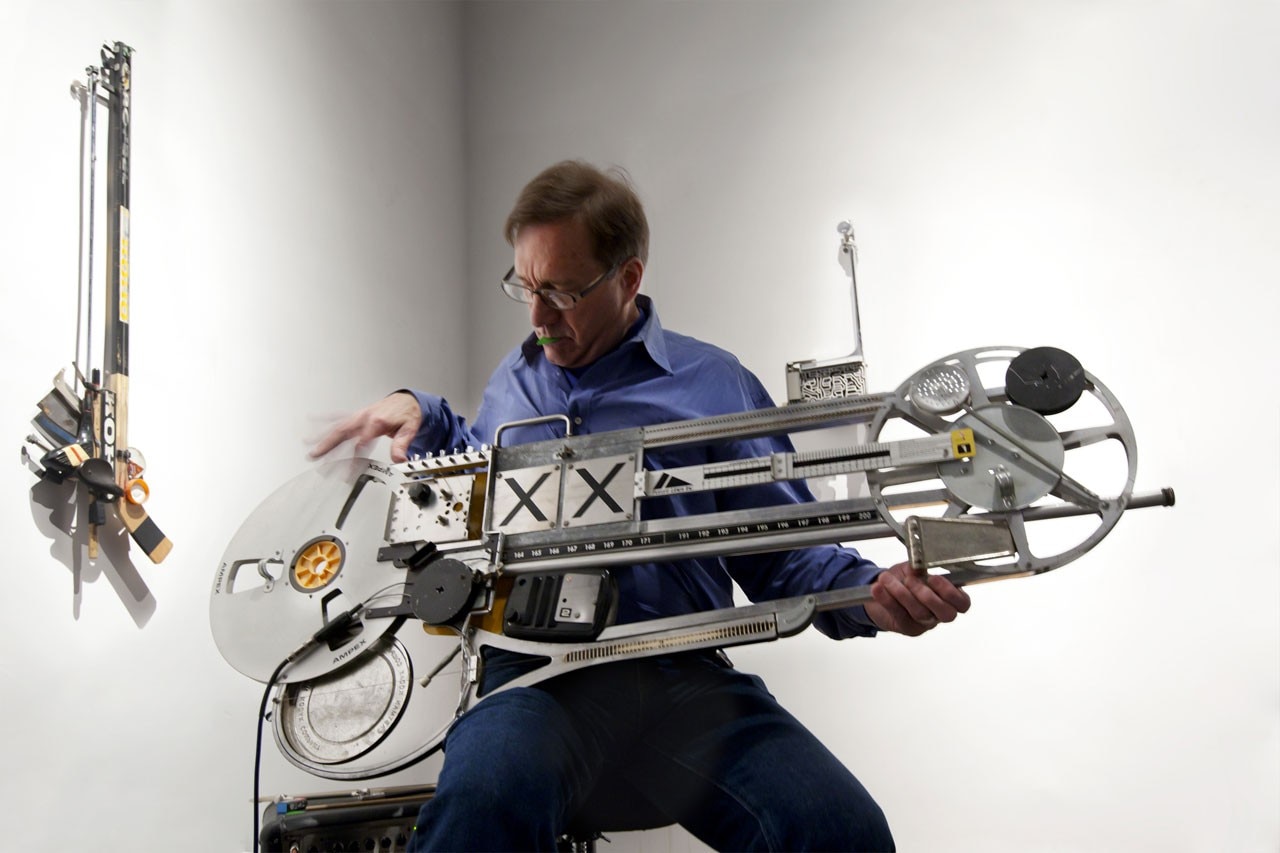
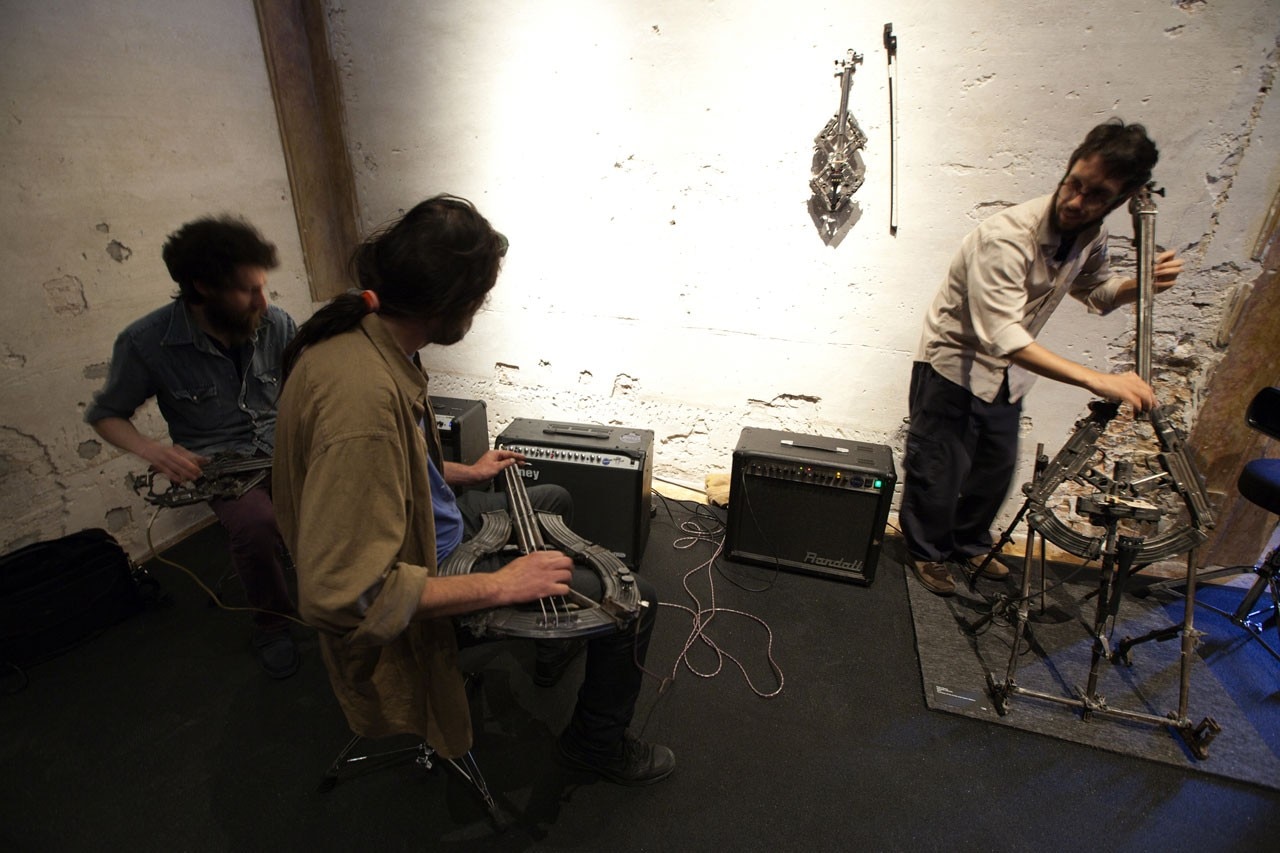
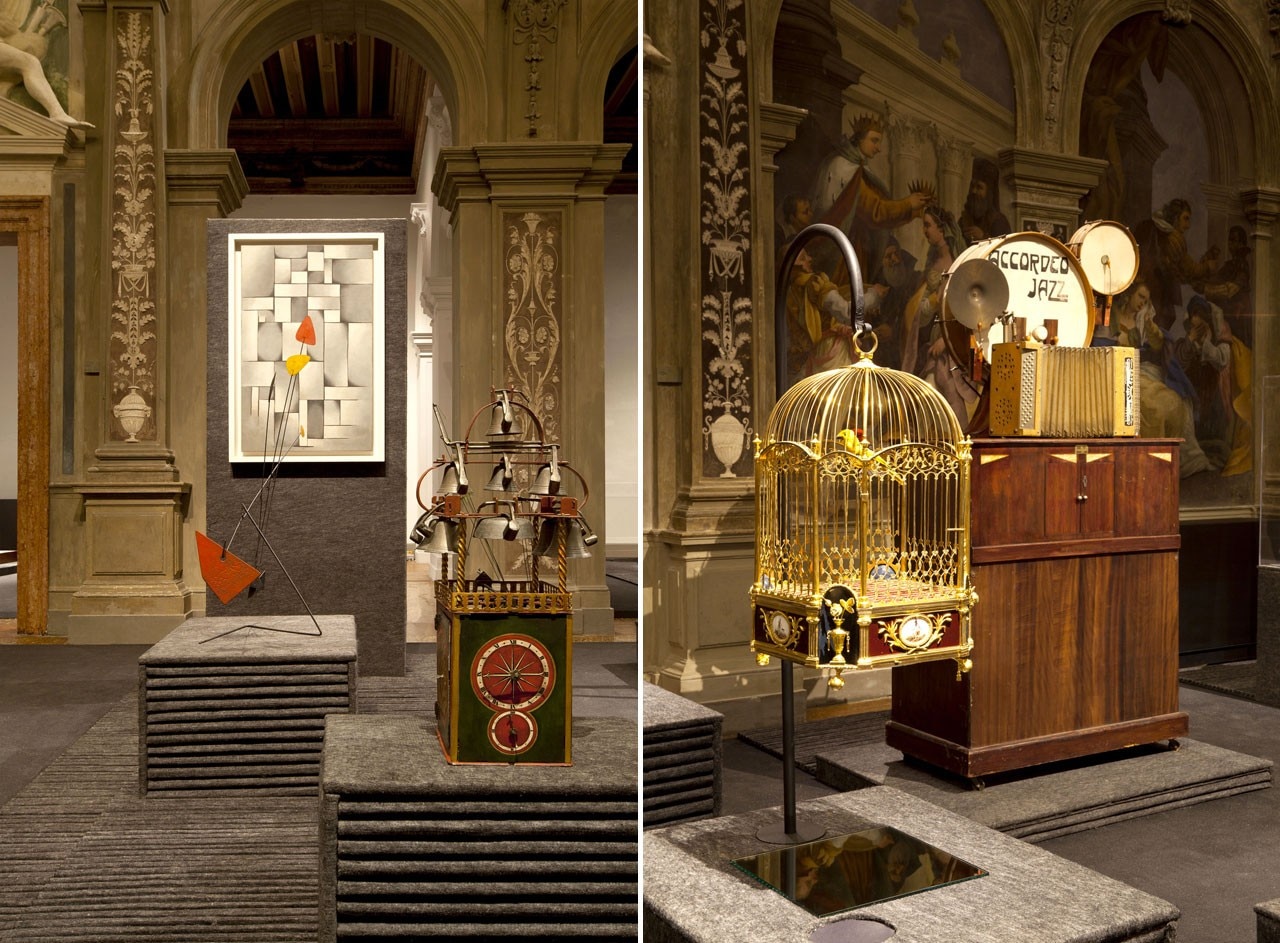
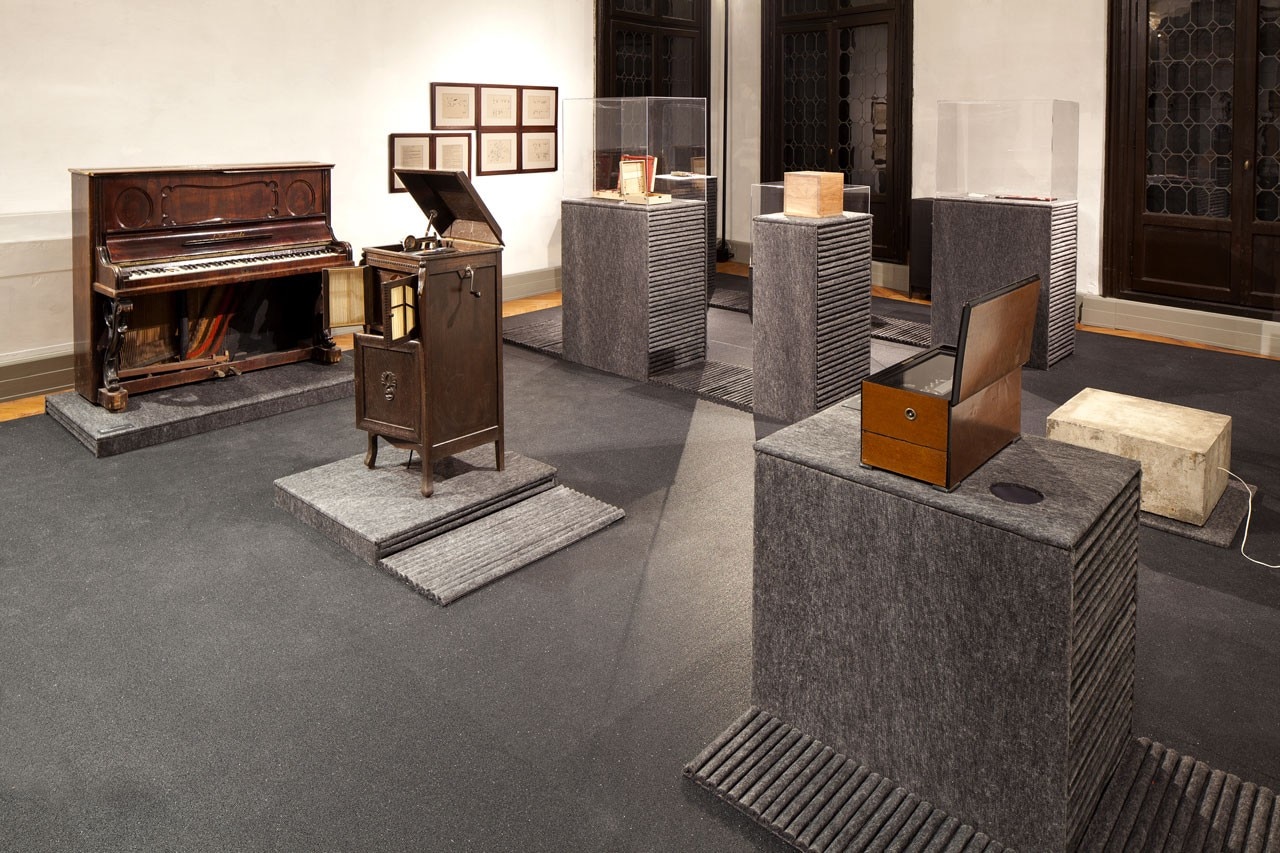
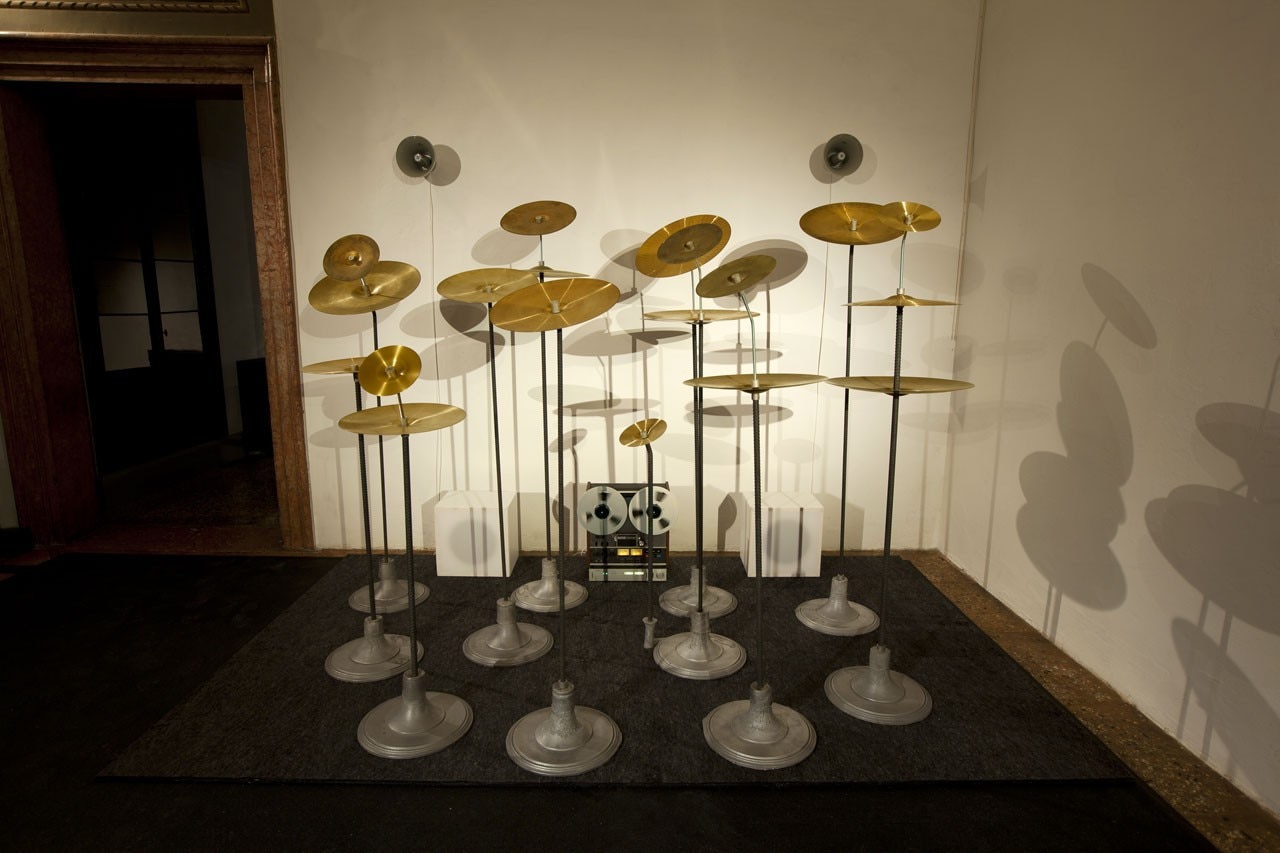
In parts, such a heterogenous overall generates a disorientating cacophony. In the midst of this proliferation of sounds, the many noises that gush, explode, flow and draw us in one direction or another it is easy to feel the need for a private corner.
Twice, Laurie Anderson comes to our aid, so adept at exploiting the potential of the voice to transform itself in intimate situations, to transport us, absorb us and isolate us. Her work offers us moments of rest, solitude and concentration: with the Handphone Table, for example, we sit at the head of a table placing our elbows on the table and our hands on our heads and then a song reaches us through the bones of the body and takes us "elsewhere". With Numbers Runners, a modified telephone box, thanks to the words that reach us through the earpiece, is transformed into a veritable microcosm. In both cases it is only afterwards, when we detach ourselves from the instrument, we realise that we have posed for an involuntary performance. In the overall ensemble it seems however that art and poetry struggle to flow.
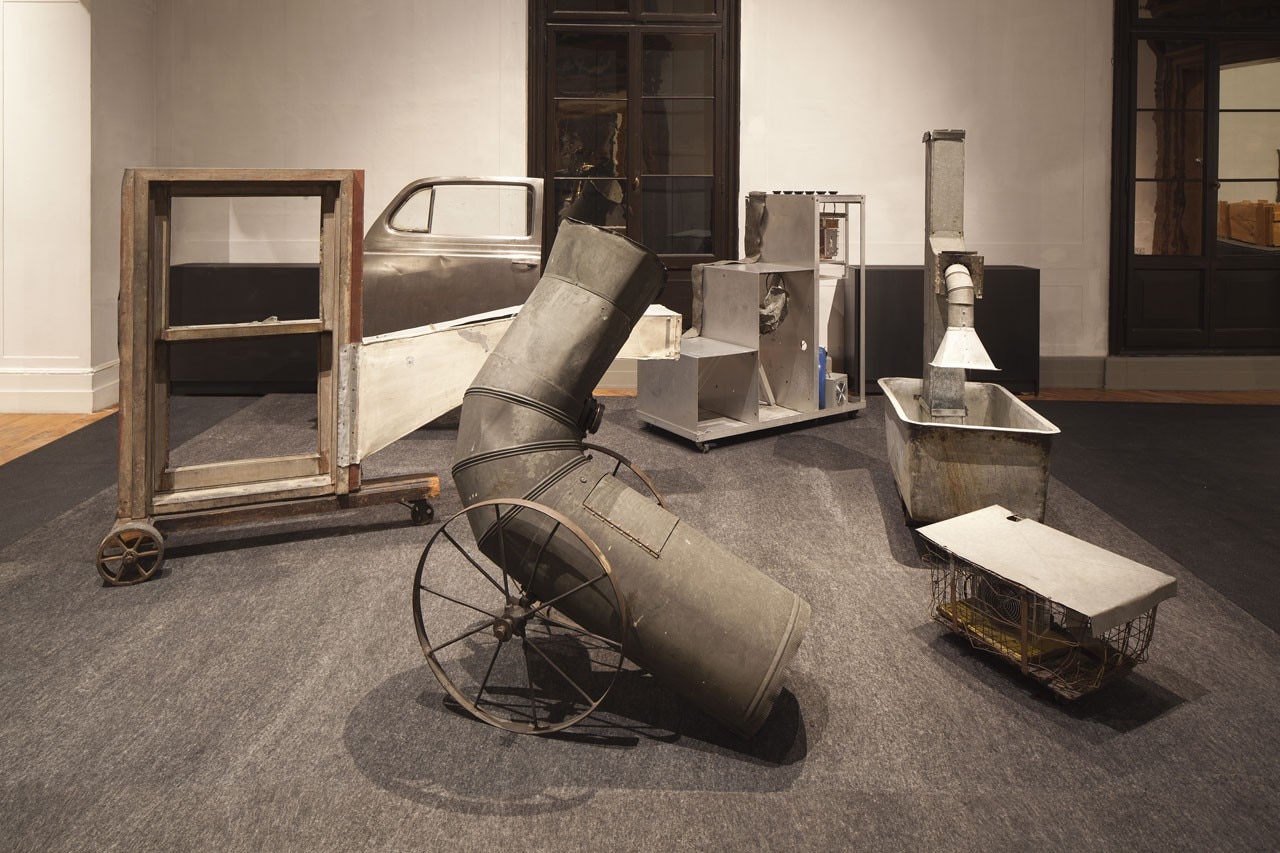
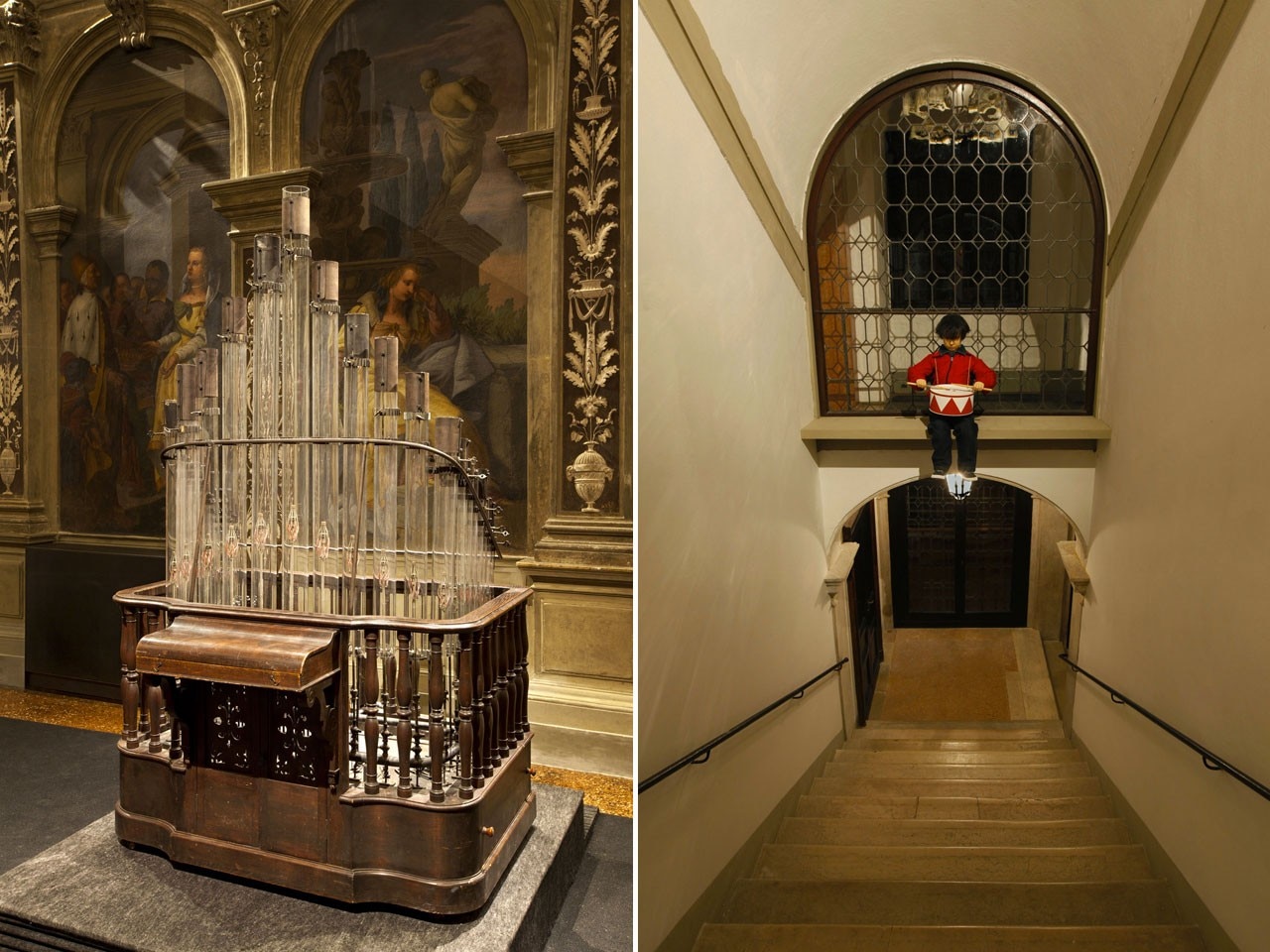
Until 3 November 2014
Art or Sound
Fondazione Prada
Cà Corner della Regina
Venice


